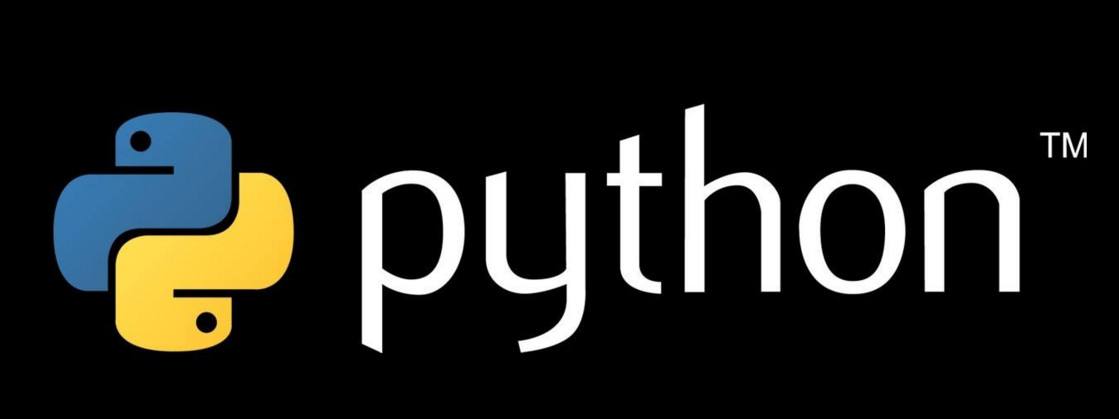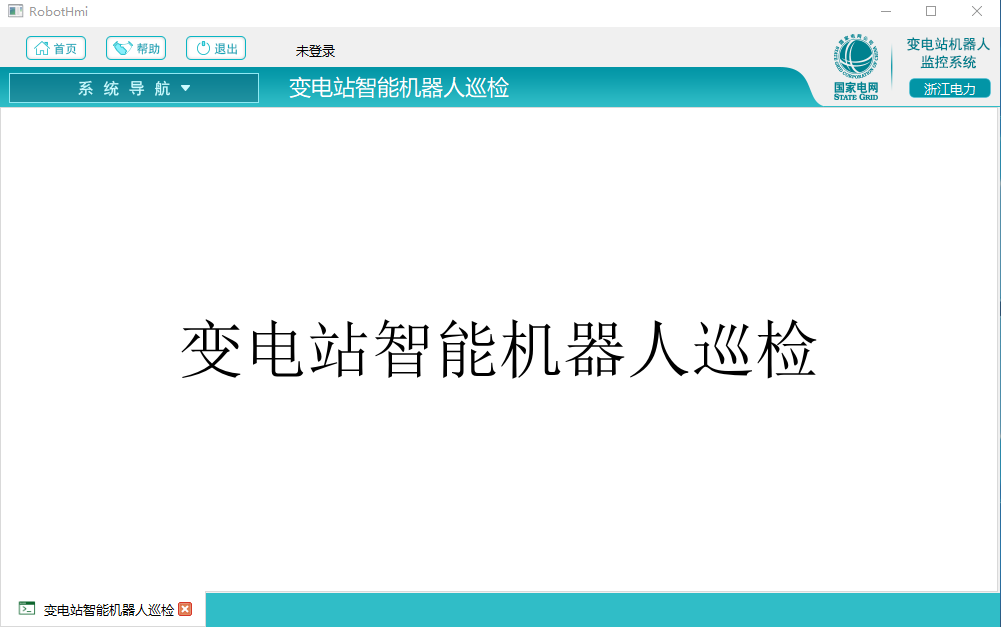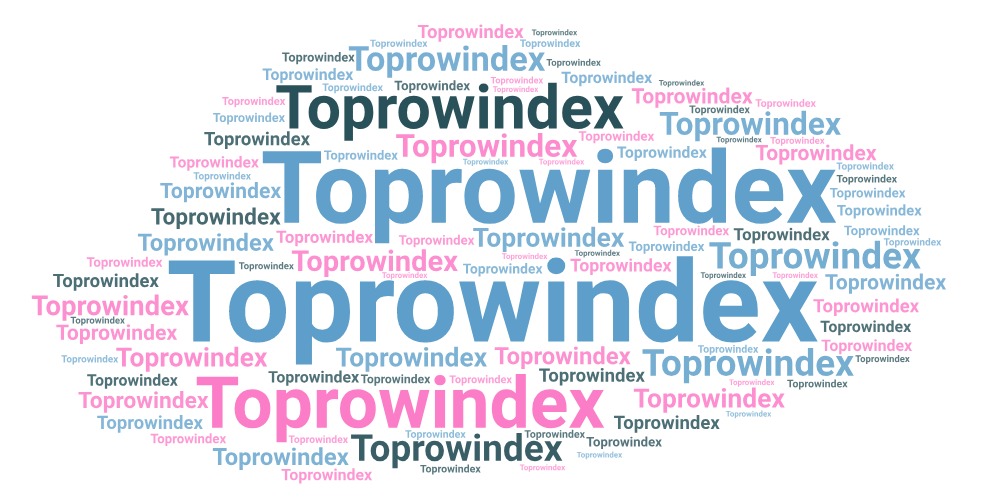【异常】Spring Boot应用中的异常处理
楼主前几天写了一篇“Java子线程中的异常处理(通用)”文章,介绍了在多线程环境下3种通用的异常处理方法。
但是平时大家的工作一般是基于开发框架进行的(比如Spring MVC,或Spring Boot),所以会有相应特定的异常处理方法,这篇文章要介绍的就是web应用中的异常处理。
想快速解决问题的小伙伴可以只看“解决办法”,想进一步了解细节的小伙伴还可以看“深入剖析”部分。
适用场景
使用Spring MVC或Spring Boot框架搭建的web应用
解决办法
@ControllerAdvice注解 + @ExceptionHandler注解
实现一个异常处理类,在类上应用@ControllerAdvice注解,并在异常处理方法上应用@ExceptionHandler注解。那么在web应用中,当Controller的@RequestMapping方法抛出指定的异常类型时,@ExceptionHandler修饰的异常处理方法就会执行。
示例:
1 @ControllerAdvice 2 public class WebServerExceptionHandler { 3 Logger log = LoggerFactory.getLogger(this.getClass()); 4 5 public WebServerExceptionHandler() { 6 } 7 8 // 指定捕获的异常类型,这里是自定义的SomeException 9 @ExceptionHandler({SomeException.class}) 10 public ResponseEntity<WebServerExceptionResponse> handle(HttpServletResponse response, SomeException ex) { 11 WebServerExceptionResponse body = new WebServerExceptionResponse(); 12 body.setStatus(ex.getStatus()); 13 body.setMessage(ex.getMessage()); 14 this.log.info("handle SomeException, status:{}, message:{}", new Object[]{body.getStatus(), body.getMessage()}); 15 return new ResponseEntity(body, HttpStatus.valueOf(ex.getStatus())); 16 } 17 18 // 指定捕获的异常类型,这里是自定义的OtherException 19 @ExceptionHandler({OtherException.class}) 20 public ResponseEntity<WebServerExceptionResponse> handle(HttpServletResponse response, OtherException ex) { 21 WebServerExceptionResponse body = new WebServerExceptionResponse(); 22 body.setStatus(ex.getStatus()); 23 body.setMessage(ex.getMessage()); 24 this.log.info("handle OtherException, status:{}, message:{}", new Object[]{body.getStatus(), body.getMessage()}); 25 return new ResponseEntity(body, HttpStatus.valueOf(ex.getStatus())); 26 } 27 }
深入剖析
@ControllerAdvice的定义如下:
1 @Target(ElementType.TYPE) 2 @Retention(RetentionPolicy.RUNTIME) 3 @Documented 4 @Component 5 public @interface ControllerAdvice { 6 7 String[] value() default {}; 8 9 String[] basePackages() default {}; 10 11 Class<?>[] basePackageClasses() default {}; 12 13 Class<?>[] assignableTypes() default {}; 14 15 Class<? extends Annotation>[] annotations() default {}; 16 17 }
可以看出它应用在TYPE类型的元素上(也即class或interface),运行时生效。
作用是Controller类的帮助注解,一般搭配@ExceptionHandler注解,用来处理Controller的@RequestMapping修饰的方法抛出的异常。
楼主根据源码的注释整理了5个参数的含义,它们都是用来限定需要处理的Controller的:
-
value():等同于basePackages,表示需要被处理的Controller包名数组,例如 @ControllerAdvice("org.my.pkg")。如果不指定,就代表处理所有的Controller类 -
basePackages():表示需要被处理的Controller包名数组,例如 @ControllerAdvice(basePackages={"org.my.pkg","org.my.other.pkg"}) -
basePackageClasses():通过标记类来指定Controller包名数组 -
assignableTypes():通过类的Class对象来指定Controller包名数组 -
annotations():被注解修饰的Controller需要被处理
性能考虑:不要指定过多的参数和异常处理策略,因为异常检查和处理都是在运行时做的。
@ExceptionHandler的定义如下:
1 @Target(ElementType.METHOD) 2 @Retention(RetentionPolicy.RUNTIME) 3 @Documented 4 public @interface ExceptionHandler { 5 6 /** 7 * Exceptions handled by the annotated method. If empty, will default to any 8 * exceptions listed in the method argument list. 9 */ 10 Class<? extends Throwable>[] value() default {}; 11 12 }
可以看出它作用在方法上面,而且参数很好理解,就是需要处理的异常类的Class对象数组。
但是,它对修饰的异常处理方法的参数和返回值有限定,楼主根据源码的注释整理如下:
(1)异常处理方法的参数限定,可以是以下类型,顺序任意:
- 异常类对象
-
HttpServletRequest、HttpServletResponse
-
HttpSession
-
InputStream/Reader、OutputStream/Writer
(2)异常处理方法的返回值限定,最终会写入response流:
-
ResponseEntity
-
HttpServletResponse
-
ModelAndView
-
Model
-
Map
-
View
总结
以上就是在Spring web应用中的异常处理方法:使用@ControllerAdvice搭配@ExceptionHandler修饰自定义异常处理方法,处理来自Controller类中的@RequestMapping方法抛出的异常。
使用时需要根据实际情况,合理设置@ControllerAdvice和@ExceptionHandler的参数。









